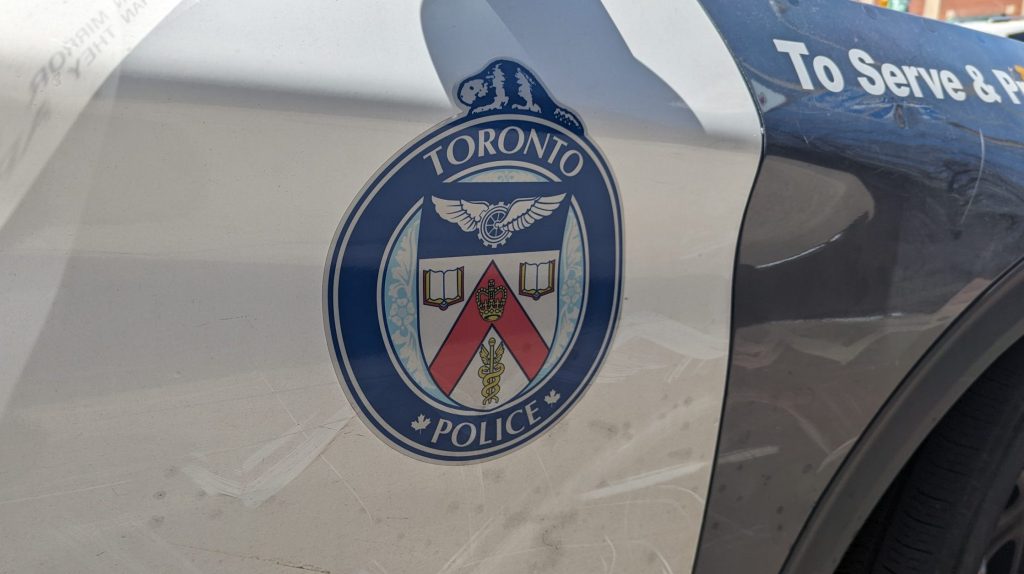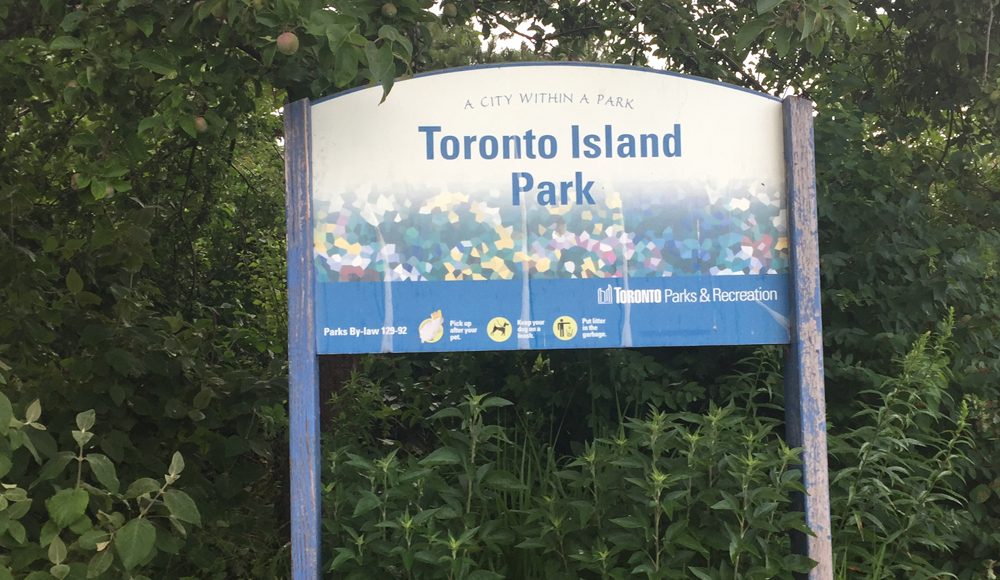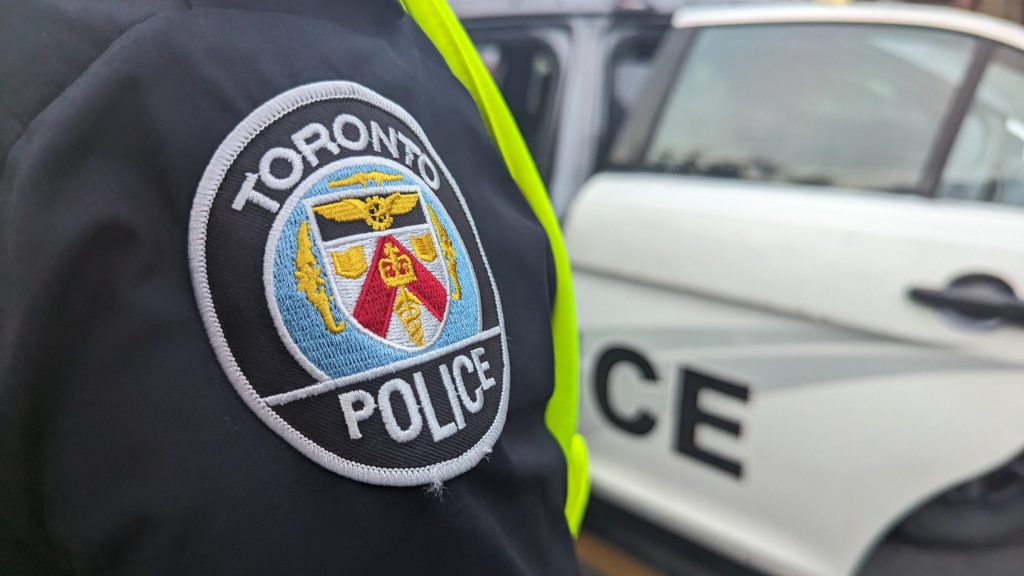$20 Congestion Tax For Drivers In Downtown Core Mulled
Posted February 20, 2007 12:00 pm.
This article is more than 5 years old.
The traffic in Toronto is a lot like our weather in winter. You just know it’s going to be terrible.
Our cold blues disappear in the spring. Our bumper-to-bumper battles stay all year long.
But what if money could fix at least part of our car crunch? Would you be willing to spend $20 every time you took your vehicle into the downtown core in order to reduce congestion and pollution?
That question has already been answered in London, which imposed a tax on incoming motorists in 2003.
Now Councillor Brian Ashton, a member of the Greater Toronto Transit Authority, is flying over there to investigate the possibility of bringing a little of Merrie Old England to T.O.’s overcrowded roads.
“London faced a very catastrophic situation with congestion,” he reminds. “Their downtown virtually didn’t move, difficulty servicing their businesses and the general public …
“One of the key things we have to do with our existing infrastructure is squeeze as much juice out of that levy as we can. Taxi issues, parking. I want to look out at the existing road network, how well it works and how well it doesn’t.”
But many groups have already decried the idea, including restaurants and store owners, who worry what such a move could do to their customer flow.
A lot of people live downtown and feel they already pay a premium for the privilege.
Real estate agents worry that property values could drop if would-be owners know they have to pay every time they come home.
And those in the 905 and even the 705 think it’s unfair, too. Michelle DeVouge is one of the latter.
“I have at least an hour and a half commute every day,” she complains. “This morning it took me two-and-a-half hours.”
Her parking costs have already skyrocketed. “I pay $20 to park here for two hours. So that on top of the $15 in gas I spend.”
And the CAA isn’t happy about the notion, either.
“We’re completely opposed to the idea,” spokesperson Faye Lyons makes clear. “In our view, this is just another tax on the already overburdened motorists.
“From our research that we’ve gathered, in the city of London, it has affected their economy and their businesses. In fact, people will think twice before they come into the city if they have to pay a $20 toll just to come shopping.”
She believes drivers will find a way around any such tax by using arterial roads. And they weren’t designed to handle the extra load.
And she’s convinced it’s not a solution to gridlock, because people will just go a different way – and there will still be a lot of cars spewing exhaust. They’ll just be spread around in different areas.
Ashton knows the move wouldn’t be popular with taxpayers. But he believes something has to be done and it’s just one option the city is considering to increase transit use and decrease smog.
“Their subway system’s full,” he marvels about London’s famous tube. “It goes a long ways out of the city. Their train system’s very good so I think that’s what we have to improve is our transit system.”
He reminds voters he’s simply going over to study the idea – not to implement it.
The congestion tax isn’t without its opponents in Britain’s biggest city.
Motorists reacted with fury on Monday after the government there doubled the radius covered by the tax. Those in the newly expanded area are calling it a cash grab, arguing their roads don’t have any congestion problems.
Stockholm is the latest big city in Europe to follow suit. It tried an experiment with the levy in 2006 and despite some opposition, has decided to make it permanent this year.
But no matter what Ashton finds, it may never come to pass in Toronto.
Mayor David Miller has made it clear in the past he doesn’t support the idea because it isn’t fair to those who live in areas where public transit isn’t very good. And they shouldn’t have to pay for that.
How The Congestion Tax Works
London
Streets affected are clearly marked with in and out points, including a huge red circle with a big “C” in the centre (pictured top left).
Cars spotted in those areas between 7am and 6pm must pay a total of eight pounds a day for the privilege. That’s about $18 in our funds. It doesn’t apply on weekends or holidays.
Once you’re in the zone, you can drive around as much as you want and even come back – but you only have to pay the tax once a day.
There are no transponders, no tickets and no tollbooths. But like the 407, cameras take a view of your license plate to show your vehicle has passed through the area.
You either have to pay in advance, during the journey or by midnight the next day. It’s around $18 if you pay by midnight on the day you came in or just over Cdn$40 if you cough up your cash the next day.
Miss a payment and you’ll be fined a whopping $230 if you don’t pony up within two weeks.
Don’t pay for about a month and the ante gets upped to $340. Wrack up three or more overdue charges and they could tow your car.
Payments can be made by phone, at post offices, gas stations and even via text messages from your cell phone.
There are some exemptions made, including for the disabled, those who drive alternatively fuelled vehicles and tow truck drivers.
Those who actually live in the affected areas can get a discount – but they still have to pay!
Stockholm
Their congestion tax is similar to England’s but it varies with the time of day you’re on the road.
Hit the highway between 6:30am and 7am and you’re charged about $1.65 in our currency. Go a minute later and the price escalates to $2.48.
By the time rush hour is on in full after 8am, the rate goes up again to a Canadian equivalent of $3.15.
The same rates apply during the afternoon crunch home.
Unlike the English system, you don’t get any reminders about the charges and you have to keep track of it all yourself.
You have five days to pay your bill or the government will take it from your bank account, paycheque or out of taxes.








